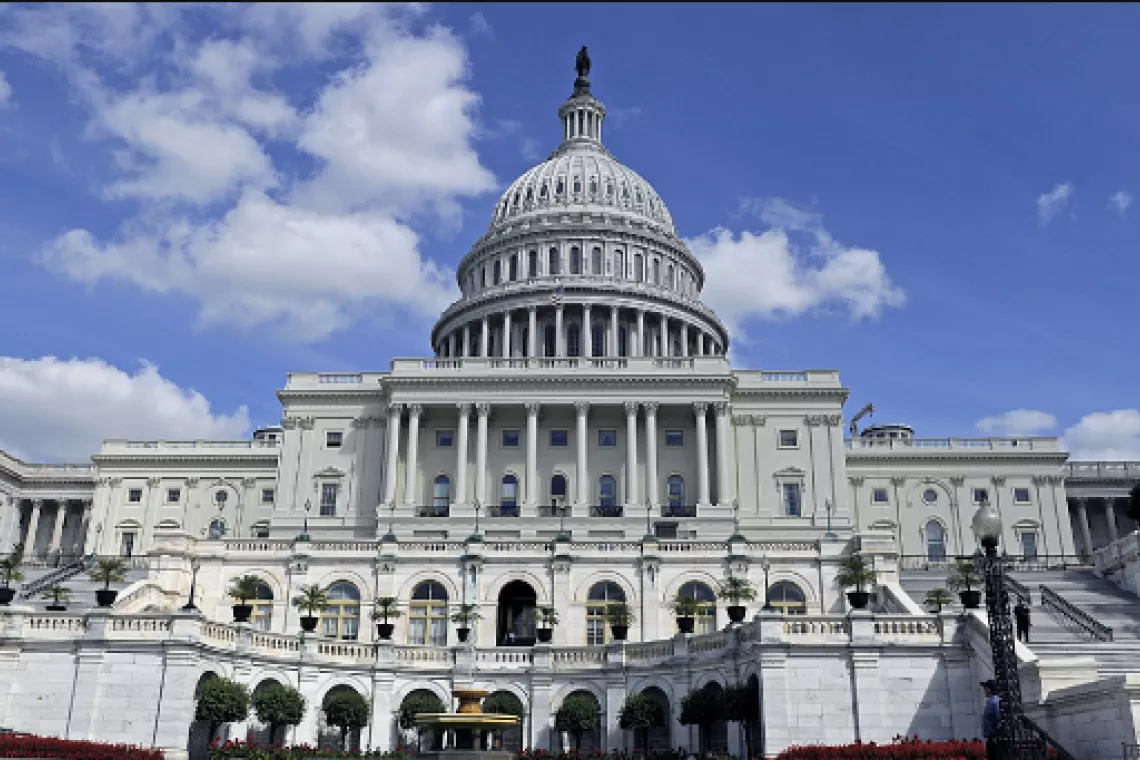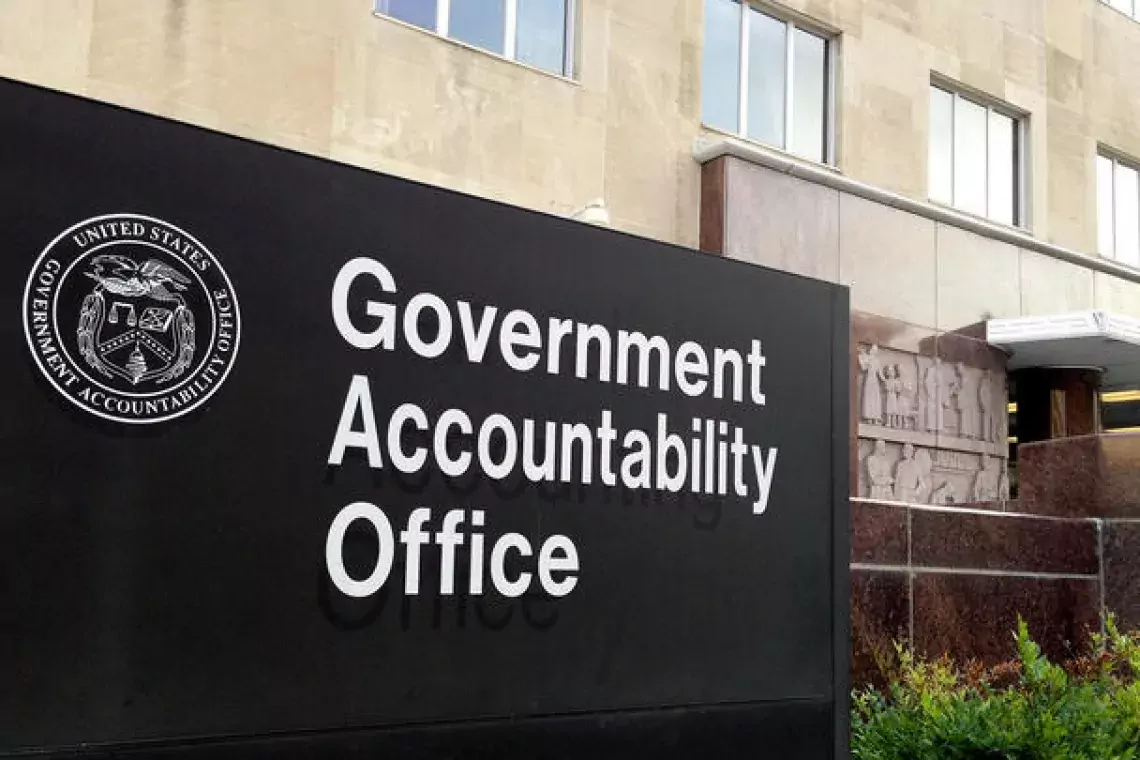GAO at 100: Our Role During Times of National Crisis—The Great Depression, The Great Recession, and The Coronavirus Pandemic
During times of national crisis, Congress has responded by directing funding and federal programs toward providing relief to struggling Americans. While responding to crises quickly is important, so is ensuring federal programs and taxpayer resources are used as intended.
Today’s WatchBlog post looks at GAO’s role during times of crisis—specifically in monitoring the federal responses to the Great Depression, the Great Recession, and the coronavirus pandemic.
The Great Depression
GAO was founded in 1921 and was very much still a young agency when the stock market crashed in 1929—causing the prolonged period of economic downturn known as the Great Depression.
In response to the Great Depression, Congress approved President Franklin Roosevelt’s New Deal, which provided $41.7 billion in funding for domestic programs like work relief for unemployed workers.
As federal money was pouring into the recovery and relief efforts of the 1930s, GAO’s workload increased. With about 1,700 employees at the time, GAO soon found itself shorthanded and needed to hire more employees to process paperwork, such as vouchers. By 1939, our workforce nearly tripled to 5,000.
Image

Around this same time, our auditors began expanding their role in overseeing federal programs. Fieldwork began in the mid-1930s, including reviews of government agriculture programs in Kentucky and several southern states. This gradual change in mission from serving as federal accountants to program and policy analysts would continue through 2003, when GAO changed its name from the General Accounting Office to the Government Accountability Office.
The Great Recession
The Great Recession that began in December 2007 was believed to be the worst economic downturn the country had experienced since the Great Depression.
In response, Congress passed the American Recovery and Reinvestment Act of 2009, which included $800 billion to promote economic recovery. The Recovery Act assigned GAO a range of responsibilities to help promote accountability and transparency in the use of those funds. For example, we provided bimonthly reviews of the use of funds by selected states and localities. We also provided targeted studies in areas like small business lending, education, and trade adjustment assistance.
While the Great Recession ended in 2009, our work examining its impacts on the health of our financial system and related government assistance continues. For example, in response to the 2008 housing crisis, the Treasury Department used Troubled Asset Relief Program (TARP) funding to establish 3 housing programs to help struggling homeowners avoid foreclosure and preserve homeownership. During the recession and subsequent years, we examined TARP programs every 60 days and recommended actions to enhance Treasury’s management of the programs and use of funds. We continue this work today—auditing TARP financial statements and providing updates on active TARP programs each year. Our most recent report was issued in December 2020.
Similarly, we continue to monitor the stability of the nation’s housing finance system—including Fannie Mae and Freddie Mac, which buy mortgages from lenders and either hold these mortgages or package them into mortgage-backed securities that may be sold. In 2008, the federal government took control of Fannie and Freddie and has continued to maintain this role 13 years later—leaving taxpayers on the hook for any potential losses incurred by the two entities. In January 2019, we reported about the risks of this prolonged conservatorship and the need to reform the housing finance system.
The Coronavirus Pandemic
In response to the pandemic, Congress appropriated $4.7 trillion in emergency assistance for people, businesses, the health care system, and state and local governments. We have been following the federal response by—among other things—regularly issuing reports on the impacts of the pandemic and response efforts on federal programs and operations.
Our reporting has looked at programs and spending across the federal government, including—among things—vaccine development and distribution, small business lending, unemployment payments, economic relief checks, tax refund delays, K-12 and higher education’s response to COVID-19, housing protections, and more.
Image

On July 19, we issued our latest report about the federal response and our recommendations for continued improvement of this effort. Our next report issues in October. Visit our Coronavirus Oversight page frequently as we will continue to report on the federal response to COIVD-19 as the crisis continues.
GAO’s Ongoing Benefits
While GAO has played a critical role in overseeing federal spending and programs during times of crisis, we’re also playing this role during less trying times. Each year, we issue hundreds of reports and testify before dozens of congressional committees and subcommittees on the issues affecting our nation. In fiscal year 2020, we saved taxpayers $77.6 billion in federal spending. That’s $114 dollars for every dollar Congress invests in us!
Learn more about our work by visiting GAO.gov.
- Comments on GAO’s WatchBlog? Contact blog@gao.gov.





